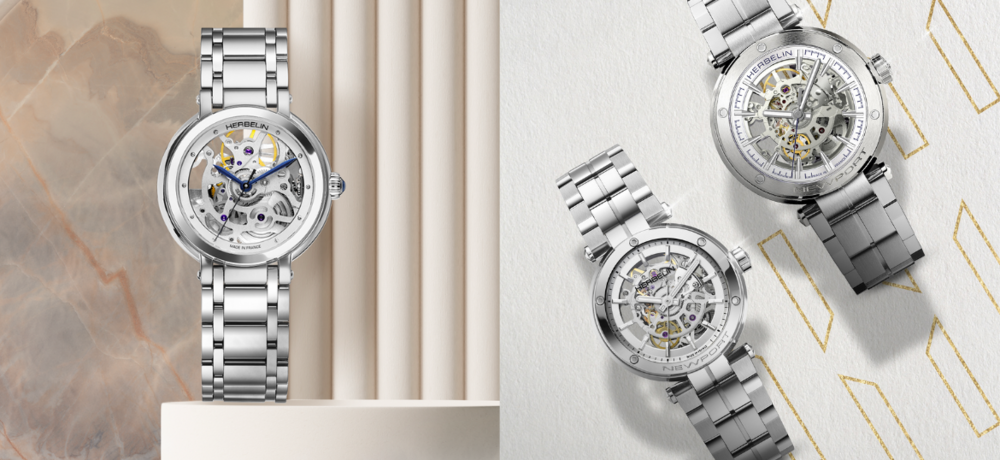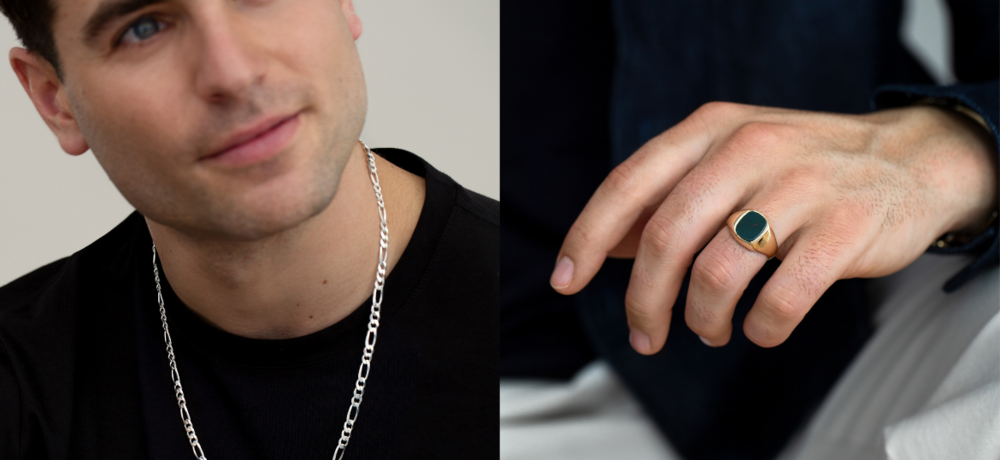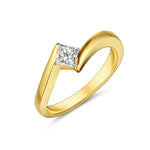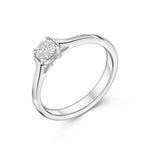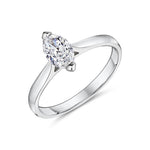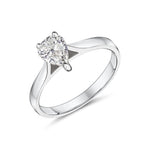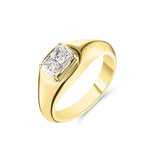.
Pearls have been coveted as symbols of wealth and status for thousands of years. A pearl is one of the glories of nature, as unlike diamonds or coloured gemstones, it is found in its complete natural state. Aside from being drilled, it does not need to be re-cut or fashioned by hand. Essentially, a pearl results from the presence of an irritant in an oyster. The irritant may be in the form of a grain of sand or a living thing such as an insect or foreign body. Once within the mollusk, the invader is trapped by soft tissue & over a number of years secretions, called nacre, will form it into a magnificent pearl. The size of the pearl is influenced by the size & shape of the host oyster and by the pearl's location within it. The larger the host shell, the greater possible pearl size.
The Persian Gulf is known to produce the most exquisite pearls for thousands of years. Other sources include Ceylon, India and Venezuela. Today some of the most sought after pearls come from Japan & China (Akoya pearls) & the South Sea, particularly the parts bordering Australia and Indonesia. Tahiti is known for producing beautiful rich black pearls. Pearl bearing mollusks fail to thrive in polluted waters, so pearl farms are usually located far from civilization and often in the most breathtaking settings.
The standards for judging pearls have remained constant throughout history. What was valued in ancient India & Rome is similarly sought after today. Pearl dealers first look to shape. A pearl may be round, button-shaped, pear shaped, button-shaped or irregular (known as 'baroque'). A spherical shape is considered the most beautiful. Colour is also very important. It varies through all shades of white. Pure white, ever so slightly white-creamy or pinkish white are considered to be most desirable. Pearls also occur in fancy shades of blue, brown, green, pink, grey or black. Brown pearls are exceptionally rare. They have a quality called 'lustre' or 'orient' which is the surface iridescent - its brilliant sheen. As layers of pearl form, minute spaces are left between each layer. Light is refracted between those layers resulting in an effect called orient. This orient or lustre, combined with fine 'body' colour gives pearls their shimmering quality. The most sought after pearls are perfectly spherical, have a whitish, creamy-whitish or whitish-pink colour, a fine lustre, shiny orient and a very great size.


Pearls are a relatively soft gemstone and require special care. Store them separately from other gemstones and jewellery to prevent scratching. Always apply perfume, creams and make-up before putting on your pearl jewellery. The best way to clean pearls is with a soft cloth, ideally after each time pearls are worn. Experts also recommend that strands of pearls have a knot between each pearl. Firstly to prevent pearls from rubbing against each other and causing damage. Secondly for safekeeping; if your pearl necklace breaks by accident, you will not lose all of the pearls. If you notice that your pearl necklace is showing too much string, it has stretched and most likely needs restringing. We offer advice & re-stringing services, so if you have any queries, please contact us and we'll take care of your pearls.
We adore pearls here at Ryan Thomas. Our collection includes pearl necklaces, diamond and pearl pendants, drop and stud earrings & pearl rings. If you have a piece of pearl jewellery that you already own and love, we can source matching pearls. If you would like to have a bracelet, pendant, earrings or a ring as a complementary piece -we love this as a gift idea!


